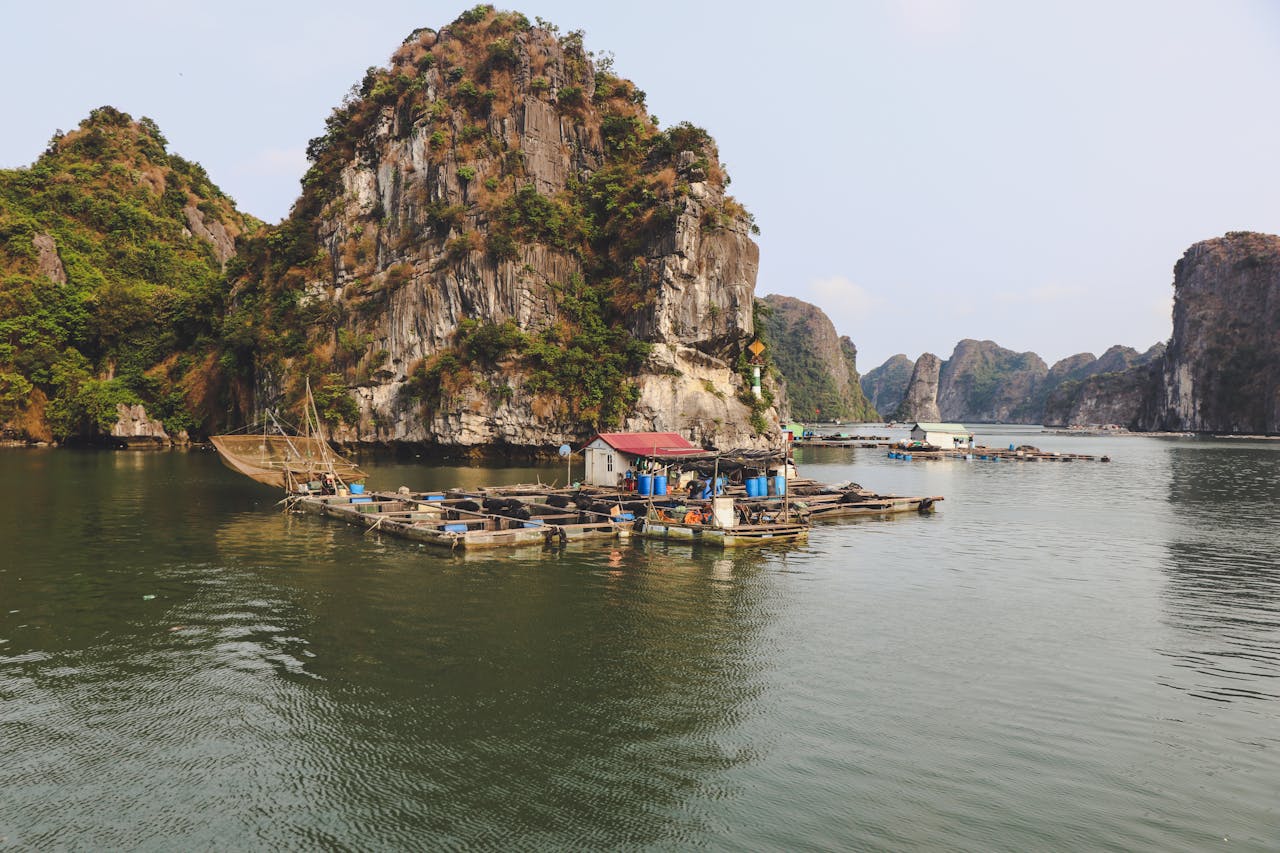Focus on achieving that balance increased in late 2022 with news that Vietnam would become the third country in the world – after South Africa and Indonesia – to agree to a Just Energy Transition Partnership with a coalition of developed economies. Vietnam’s JETP is valued at $US15.5 billion and seeks to bring forward the projected peak date for greenhouse gas emissions to 2030, limit peak coal capacity to 30.2 GW (down from 37GW) and accelerate adoption of renewable energy so that it accounts for at least 47 per cent of electricity generation by 2030 (up from 36 per cent).
A resource mobilisation plan for Vietnam’s JETP was announced during COP28.
Vietnam’s long-awaited Power Development Plan 8 (PDP-8) was approved in May 2023, clearing the way for natural gas to replace coal as the country’s primary source of power by 2030. While the share of domestic natural gas in the Vietnam’s energy mix will decline slightly between now and 2030, LNG imports are projected to go from being non-existent to making up 14.9% of the primary energy mix.
Natural Gas Imports
Progress on LNG imports has been slow and it is still early days but Vietnam received its first shipment in 2023. After four years of construction and commissioning, Vietnam’s first LNG import terminal – Thi Vai – has now taken delivery of four cargoes. A second terminal at Cai Mep is targeting the start of commercial operations in the second half of 2024.
In mid-2023 Vietnam’s government approved plans to increase LNG storage capacity to 20 million tonnes per year by 2030, with a view to doubling that figure in the future.
Significant growth in LNG imports is necessary for Vietnam to fulfil PDP-8 because of the difficulty in developing complex domestic offshore gas fields, which are capital-intensive and geopolitically sensitive – often in, or close to, disputed territory in the politically fragile South China Sea.
That said, after decades of uncertainty, the Block B – O Mon gas-to-power value chain project is finally set to proceed. The $12 billion project in southwest Vietnam is expected to provide gas that will underpin 3800 MW of electricity generation.
An implementation plan for PDP-8, approved in April 2024, identifies 12 future gas-fired power facilities as being of national importance – two domestic gas-to-power project chains (one of which is Block B – O Mon), three LNG-fuelled power plants and seven LNG-to-power project chains. Of these projects, only one was under construction and five were still in the feasibility study phase.
Vietnam submitted an updated Nationally Determined Contribution as part of COP27, pledging to increase its unconditional greenhouse gas emissions reductions target to 15.8% by 2030 subject to a business-as-usual scenario from 2010 (the previous target had been 9% from 2014), or to achieve emissions reductions of 43.5% by 2030 with international support.
Its ability to achieve these goals and how it progresses them will be closely monitored.
While there have been promising signs in the development of Vietnam’s capabilities as an LNG importer, its ability to access sufficient volumes in the longer term will likely be price-sensitive and subject to global supply developments in the 2030s.
Although Vietnam emerged as an early leader in Southeast Asia in renewable energy it has struck challenges with further expansion, including a grid that is unprepared for adding large-scale wind and solar projects.
Hydrogen Energy
Vietnam launched its first hydrogen strategy early in 2024, including plans to produce up to 500,000 million tonnes per year by 2030 from renewable energy and other sources with carbon capture. Plans for Vietnam to develop nuclear energy were suspended in 2016 but there have been reports in recent years that this stance could be revisited.
Non-Renewables
Currently, the spectre of coal use looms large over Vietnam’s energy landscape.
A ramp-up in coal-fired power generation in the first half of 2024 illustrates the challenge for Vietnam in managing energy security while also transitioning its energy systems. Coal accounted for a record 64.6% of Vietnam’s electricity in April 2024 and even though Vietnam has pledged not to develop new coal-fired plants after 2030, its current fleet is the youngest in Asia.
ANGEA’s take
“Vietnam’s ambition to step up the use of gas and reduce its reliance on coal-fired power is very encouraging. What it highlights is the need for major gas-producing countries to continue bringing on future supply so that Vietnam and other emerging Asian economies can access the affordable LNG they require.”
Paul Everingham, CEO

